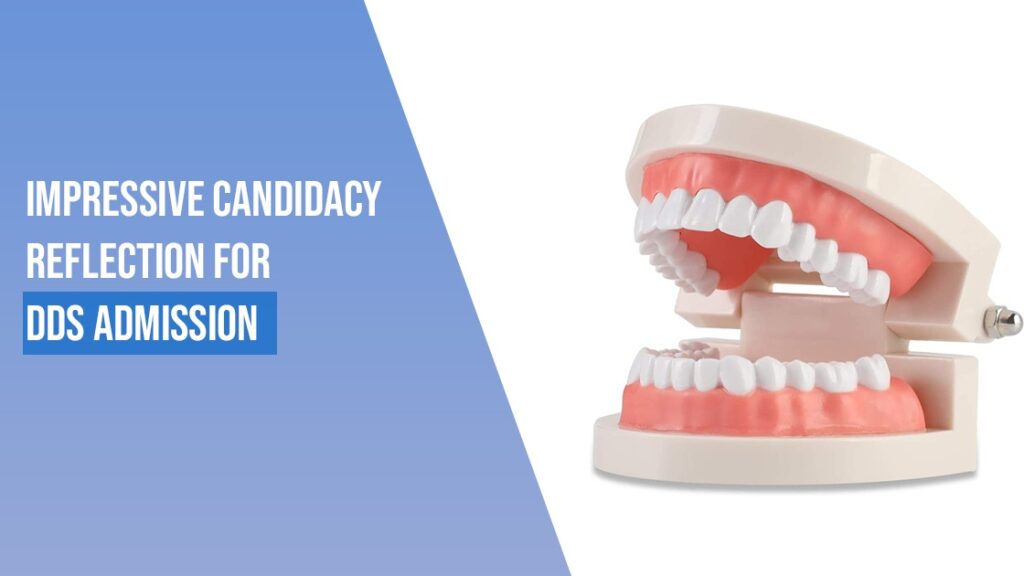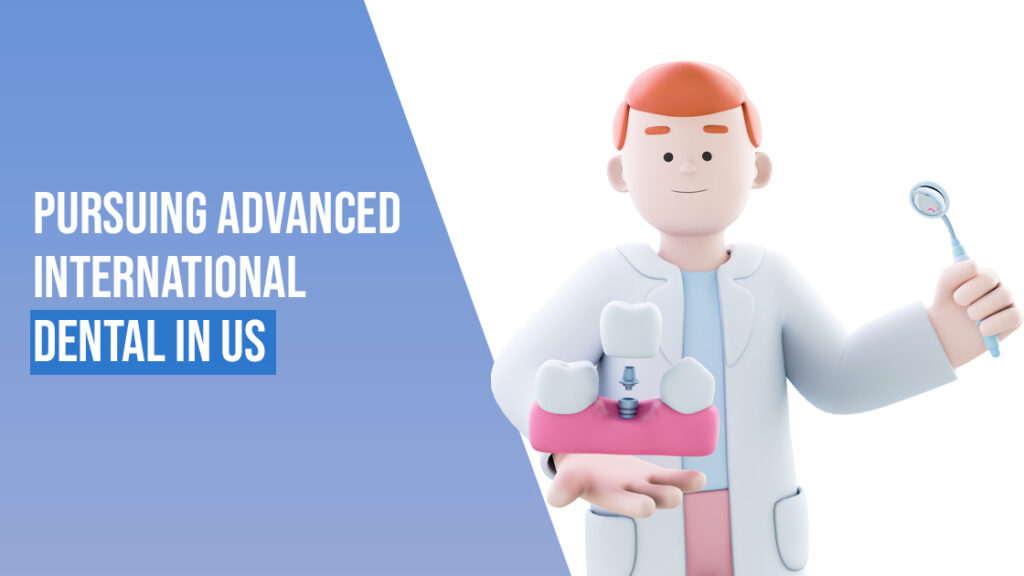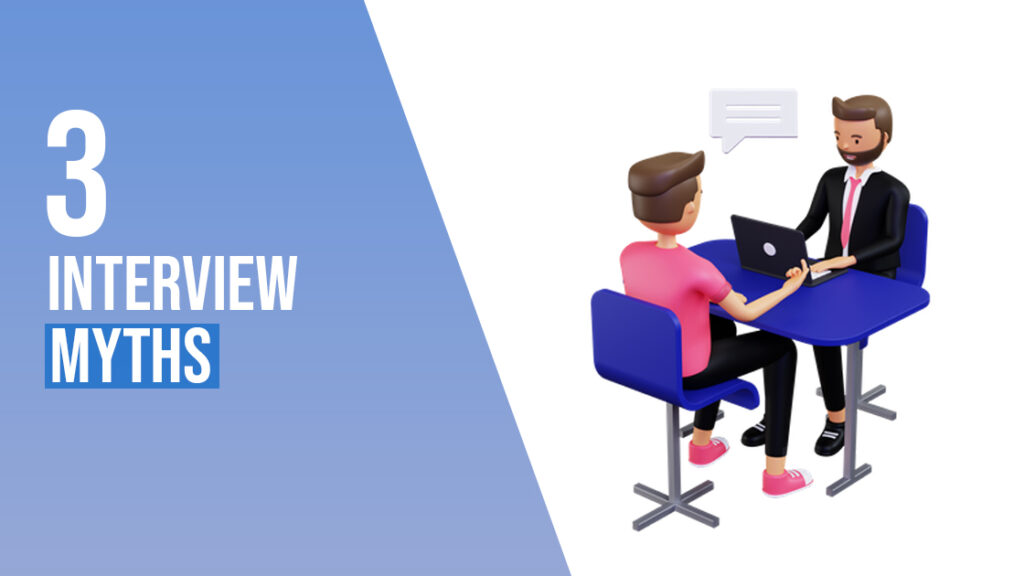 Dentistry in the US vs Canada for international dentists
Dentistry in the US vs Canada for international dentists
With oral healthcare taking center stage in recent times, the demand for dentists is at an all-time high around the world. The ever-growing, robust field ensures a rewarding and stable career and the employment outlook for dentists looks positive. What we’re saying is, there’s never been a better time to pick dentistry, especially if you’re looking to move to the United States or Canada to pursue your career: The U.S. Bureau of Labor Statistics projects is projecting a 19% job growth for dentists from 2016 to 2026, which is much faster than the average of all occupations. The Health Resources and Services Administration (HRSA) at the end of 2018 identified 5,700-plus dental health professional shortage areas. In Canada, over the period 2019-2028, new job openings for dentists are expected to rise to 12,200, while just 7,000 new job seekers (arising from schools, immigration, and mobility) are expected to fill them.
Here’s a primer for international dentists looking to take up a career as a dentist in the US and Canada, with different pathways to licensures listed step by step. It is a long and tedious process – we’ve done our best to break it down for you – but what you absolutely require is patience and commitment. We have also fetched some numbers – how much the process would roughly cost you and the Return On Investment as well. A quick reminder that the values are approximate and that they vary based on factors such as choice of territory/ state, quality of life, etc.
Roadmap to obtaining a license for international dentists in the US
- Firstly, get your qualifications evaluated by Educational Credential Evaluators or World Education Services evaluation. ECE analyzes and identifies the US equivalents of educational qualifications earned in foreign countries.
- The next step would be to qualify for the National Board of Dental Examination (NBDE), a two-part examination, which is a prerequisite for licensure in the US. It may be required while applying for postgraduate studies in specialization. The main purpose of the NBDE is to assist the state board to determine your qualifications to practice dentistry in a particular state. International dentists take the NBDE to also get admission into advanced standing programs in US dental schools (explained further below).
In the wake of the Covid-19 pandemic, the INDBE (Integrated NBDE) has replaced the two-part NBDE. According to the ADA website, the NBDE Part I will be discontinued on October 31, 2020, and the NBDE Part II will be discontinued on July 31, 2022, which means no administrations of Part I will occur after October 31, 2020, and of Part II after July 31, 2022.
- An important point to note is that foreign-trained dentists need to get a US visa to take the NBDE. Visitor visas are usually not issued for taking exams. However, there are other visas that are issued for students: H4, F2 (dependents), and J1 (for preceptorship programs with a duration of 3-12 months). Enrolling in a Master’s program can also make you eligible for a student visa. Work experience such as community service, diversity exposure, and volunteering is of massive importance, as they are preferred by most U.S. schools. A visa would be important for expanding your work experience in the US in order to improve your competitiveness as an applicant.
- An obvious requirement for international dentists would be to demonstrate English language proficiency by taking the Test of English as a Foreign Language (TOEFL). Some schools place great emphasis on TOEFL and look for applicants with good scores. The minimum requirement for most schools is above 100 while a few others accept 94 or better. Some also have recommended minimum sub-scores in each part, with emphasis on high scores in speaking and listening skills.
- Following your exams, the next step would be to apply for an advanced standing program to earn a DDS or DMD degree from a Commission on Dental Accreditation (CODA)-accredited program. The advanced standing program is the only one that would make an international dentist eligible for licensure in all states in the US. The bridge program also allows aspirants to complete the degrees in a condensed timeframe, which would essentially integrate them with US dental school students in their penultimate year so they graduate together with a DDS degree.
The American Dental Education Association Centralized Application for Advanced Placement for International Dentists (ADEA-CAAPID) will be of great help in this phase. The service streamlines the application process by allowing you to submit a single application to multiple US dental schools, rather than individual applications. However, a few schools do not use CAAPID to manage their application process, so you might have to check their requirements and apply accordingly.
- Once you get an invite for an interview, you will also need to give a bench test, which means you are a step away from getting into school. A good performance in the bench test, which is a skills evaluation to test your practical and clinical dentistry knowledge, will only increase your selection chances. However, certain schools only have interviews and no bench test, while a few have both.
- Apart from advanced standing programs, there are other pathways to licensure, which can get you a license to practice in certain states only. You can also take up residency by enrolling in a Masters’s program directly. However, unlike a DDS or DMD, a master’s degree would limit the number of states you can practice in as dental licensure requirements differ by state. Another option for international dentists is to work as faculty in a dental school. This would get you a faculty license to practice within the school, but some schools also offer limited licenses, which can be renewed over a period of five years, following which the applicant is required to pass the NERB (North East Regional Examining Board).
LICENSURE: Finally, following your program, you need to complete a clinical licensing examination directed by a state or regional clinical testing agency accepted in the state where you want to practice. Again, licensure requirements vary based on the state: a few require a single encounter procedure-based patient examination while others accept alternate pathways. Dental Licensing Map. The only state that grants a US dental license without additional US training is Minnesota.
COSTS and RETURNS:
The amount a international dentists might have to invest for the process to get licensed: $250,000 – $350,000
For specialization – $80,000/year for 2-3 years (some programs offer a stipend).
How much will you be likely to earn as a general dentist: $120,000 – $180,000
As a specialist: $200,000
Roadmap to obtaining a license for international dentists in Canada:
- The first step for all international dentists is to write the NDEB written exam and OSCE (Objective Structured Clinical Examination) in order to be granted a license. Canada has a list of universities in the USA, NZ, AUS, and Ireland (. (https://ndeb-bned.ca/en/accredited) which offer accredited dental programs, graduates of which can directly write the exams. For aspirants with degrees from non-accredited institutions, the pathway toward sitting the NDEB exams is a bit more complex. However, due to the ongoing Covid-19 situation, application to the equivalency process has been suspended. Keep an eye on the NDEB Covid-19 update FAQ page for updates: https://ndeb-bned.ca/en/covid-19-update
- Graduates of non-accredited programs should start with the NDEB equivalency process. It includes three assessments. Successful completion of these assessments will allows the international dentists to participate in the NDEB Certification Process. Following this, candidates would need to take the Assessment of Fundamental Knowledge (AFK) test. The assessment has 300 multiple choice questions which tests your knowledge of both biomedical and applied clinical science. A tally of the responses will be provided upon completion of the assessment, along with guidelines on how to proceed based on the score.NDEB Online Self-Assessment
ROUTE 1:
- Upon completing these assessments, you will have two pathways to choose from: the first one being a two-year qualifying/degree completion program’ from accredited Canadian universities. According to the NDBE site, the accredited qualifying/degree completion programs, which are specifically designed to familiarize foreign-trained graduates to dental practice in Canada, is the one applicants should consider as the primary pathway to certification.
- Candidates should also successfully complete an English / French Language Proficiency Test (based on where they want to practice) recognized by the college within the past two years prior to the receipt of an application. Another way for graduates of non-accredited programs to demonstrate language proficiency is by satisfying the Registrar or Registration Committee by submitting required evidence that demonstrates that they have proficiency in English or French. The minimum acceptable score for English / French language proficiency tests may vary from one college to the other, but the minimum requirement for most schools is above 100 for TOEFL and a score of 7.5 or above in IELTS.
ROUTE 2 :
- The second pathway involves two exams: Assessment of clinical judgment (ACJ), and Assessment of Clinical Skills (ACS). The ACJ, supposed to be the toughest exam of the equivalency process, is a written assessment exam that covers core components of dentistry while the ACS tests your practical skills, requiring them to complete projects in a simulated dental clinic.
BOARD EXAMS:
Following the accredited dentistry program or completing the three NDEB equivalency exams, candidates must clear the Board Exams. There are two components to this exam: a written exam and the Objective Structured Clinical Examination (OSCE).
Completion of this leaves you eligible for the third and final exam of your equivalency process – the ‘assessment of clinical skills’ (ACS). Successful completion of the assessments allows individuals to participate in the NDEB Certification Process. An important thing to note is that NDEB Certification does not guarantee licensure.
LICENSURE: In addition to the certification, dentists who wish to practice in Canada are also required to be licensed with the Dental Regulatory Authority (DRA), in the region where they want to work. The provincial and territorial bodies set the standards for of qualifications and practice and issuing licenses, so you need to contact the appropriate body for information on licensing procedures in the region once you know where you will settle and work.
COSTS AND RETURNS:
The amount a international dentists might have to invest for the process to get licensed:
Exam route: $9000
Accredited degree completion programs: $250,000 – $350,000
How much will you be likely to earn as a general dentist: $110,000 – $150,000
Author: Sruthi Ravindranath


